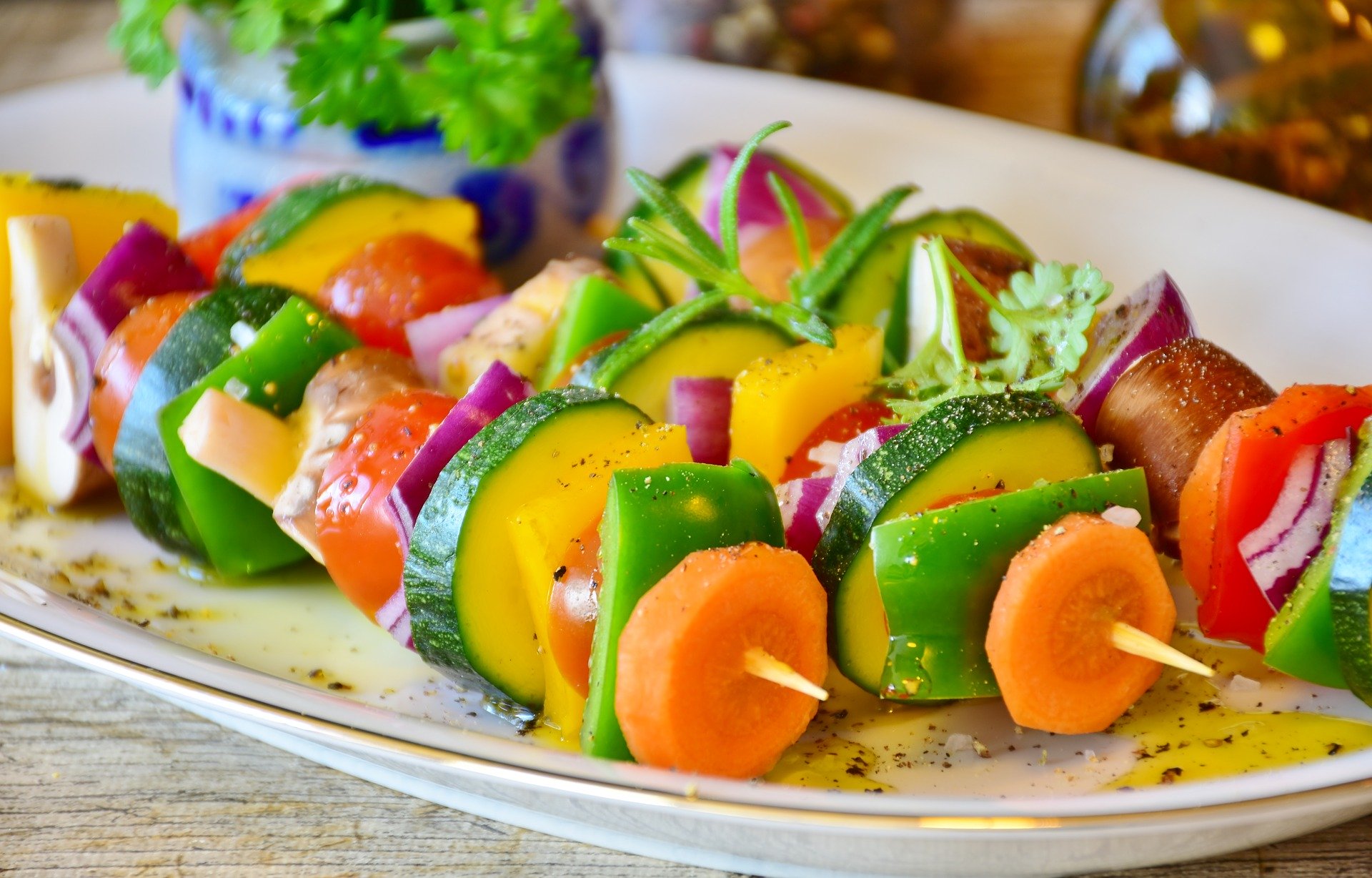
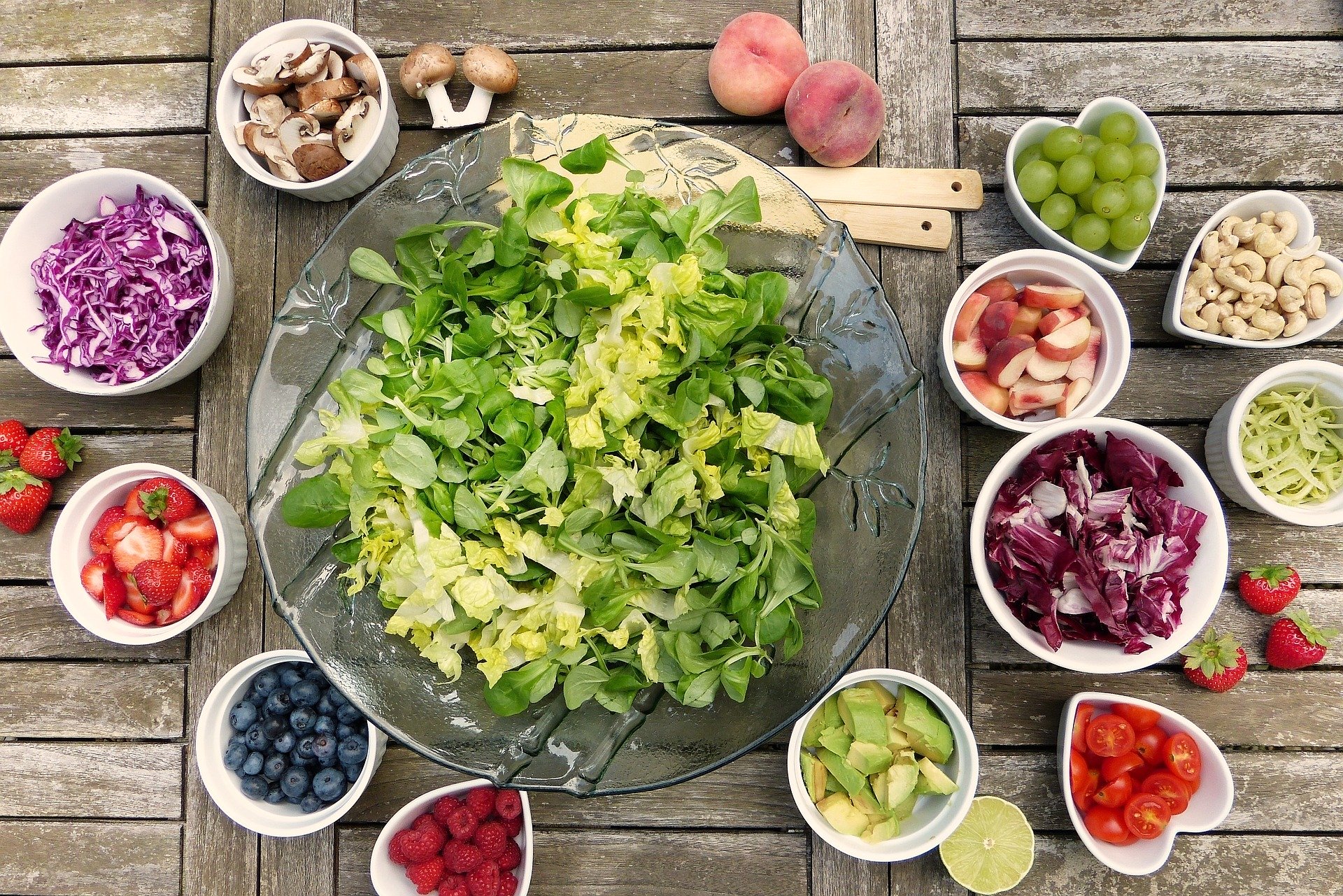
With the rise in popularity in plant-based diets, many individuals are beginning to switch over from conventional, omnivorous diets to a diet revolving around plants. There is a growing amount of evidence demonstrating the health benefits of plant-based diets on supporting healthier cholesterol levels, heart disease risk, certain types of cancers, type 2 diabetes, hypertension, and so on (Dinu, 2017). Supporting the animal agriculture industry also has obvious moral implications as well. Consuming meat directly involves the slaughter of animals that are almost always raised in inhumane conditions. Estimates provide that about 99% of U.S. meat comes from factory farming, which unarguably involves the worst conditions and practices for the slaughter of animals (Source). The dairy and egg industry are no exception to these unethical conditions as well. Environmental concerns are also another reason to switch dietary habits, with a plant-based diet generally using markedly less water, greatly reducing greenhouse gas emissions and requiring less land to feed more people (Hunnes).
Understandably, there can be a lot of confusion on how to transition over smoothly and the best way to do it differs from person to person as well. Some people may cut out the animal products overnight while others may need years to go fully plant-based. Let’s go over the complications some people experience when cutting out animal products for more plant-based food options and how we can easily mitigate them!
Potential Obstacles When Going Plant-Based and How to Overcome Them
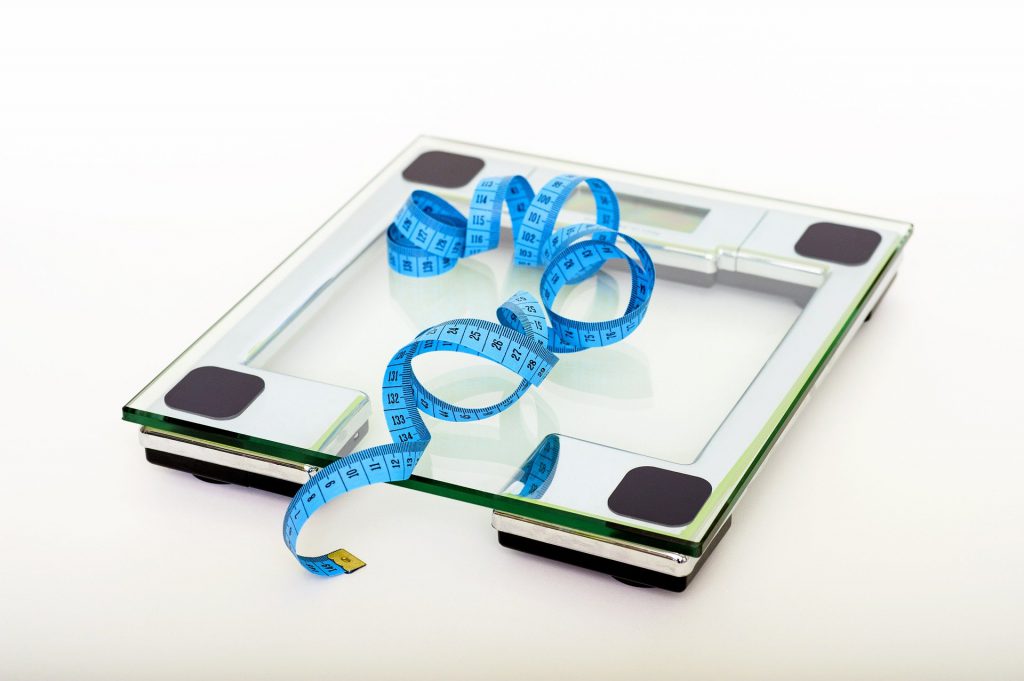
1.) Under eating calories
The Potential Problem: UNDEREATING is actually very common when first switching to a plant based diet, especially if the individual is switching over to eating mostly whole foods. Whole, unprocessed, plant based foods are generally very satiating because of the high fiber and water content. This may be a good thing for a lot of people who are looking to lose weight but it can be troublesome for people who are already thin or just not looking to lose any weight. 100 calories of broccoli is a ton of broccoli and will leave you feeling very full. 100 calories of cheese could just be a few, hearty slices of cheddar that just makes you want to eat more. Swapping the cheese for the broccoli is a much more satiating option.
The Solution: Undereating will lead to lower energy levels so it’s important to make sure you’re eating enough when first switching to a plant based diet. Weigh yourself every few days or so and if you’re involuntarily losing weight, simply add in some higher calorie, easy to consume foods. I’ve rarely heard of people complaining about having to eat TOO much food so this shouldn’t be too difficult! Peanut butter, avocado and nuts are some great options here. Even adding in some more processed, plant based foods may be beneficial due to their inherently higher calorie content and lack of fiber. Cereal is very easy to eat a lot of without feeling too full. Calories coming from liquids are also a great option for getting in some quick, extra calories. Smoothies are one of my favorite foods for this purpose and are a healthier option overall. I drink a huge smoothie with soy milk, pea protein powder, banana, blueberries, strawberries, hemp seeds and flaxseed powder almost everyday after the gym. It’s a great way to get in a quick 600-1,000 if you need to get in more calories without feeling overly full.

2.) Temporary bloating and digestional issues
The Potential Problem: Some individuals may experience some gastric upset from a rapid change in diet and usually the issue is increasing fiber intake TOO quickly. The microbiome, or naturally occuring bacteria that lives in our guts, is heavily influenced by our diet and lifestyle. Eating certain foods will foster certain bacteria. If an individual is used to eating only 20-30 grams of fiber a day, they won’t have a gut microbiome that is ideal for digesting 70-80 grams of fiber and this can lead to temporary bloating, stomach pain, and so on.
The Solution: Thankfully, the gut microbiome can shift pretty quickly, so this gastric upset should subside in a couple weeks. It may be helpful to slowly ease into increasing dietary fiber to reduce these effects. Some people may not be able to tolerate two servings of beans a day at first, so it could be helpful just to start with a half serving and slowly work up over time. Including more processed foods during this time may actually be beneficial in this regard because they’re often lower in fiber, although I wouldn’t recommend this in the long term. It’s also worth noting that it’s important to make sure to drink ample water when switching to a diet higher in fiber since this can help aid digestion.
There are massive health benefits for increased fiber intake. Some of these include lower cholesterol levels, improved blood sugar levels, healthier body weight, reduced risk of type 2 diabetes, decreased risk of heart disease, reduced risk of certain cancers, improved bowel movements and so on. One of the key indicators of a healthy diet to reduce all-cause mortality is, in fact, higher fiber (Kim, 2014, Kelly, 2016). For this reason, I believe temporary, potential GI distress is a minor concern when compared to the overwhelming amount of health benefits that come along with higher dietary fiber intake.
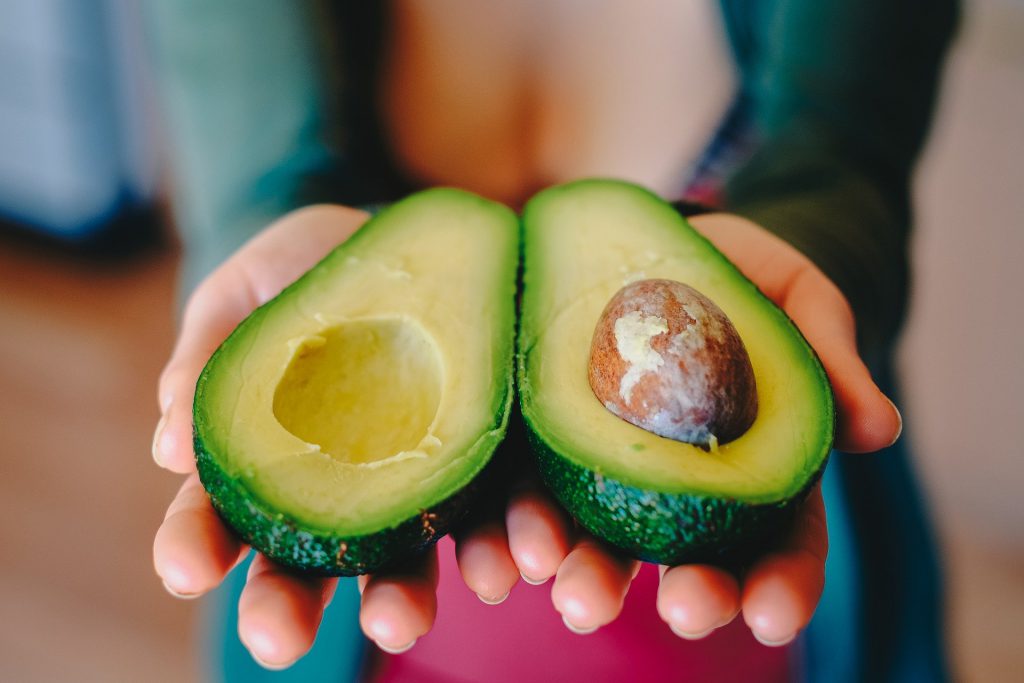
3.) Reduced fat intake
The Potential Problem: This is another issue more common for individuals switching to a more whole foods, plant based diet which excludes oils. Eating a lot of legumes, grains and vegetables is great but there’s little to no fat in them usually. Dietary fat intake that is too low may cause deficiencies in fat-soluble vitamins such as vitamin A, vitamin D, vitamin E and vitamin K and could cause hormonal related issues (Dawson-Hughes, 2014, Mumford, 2016))
The Solution: There are a lot of great plant based options high in healthy fats that don’t involve processed oil. Avocado has almost all of its calories coming from fat and also has many vitamins and minerals such as the B Vitamins, Folate, Vitamin K, Vitamin C, Magnesium and Potassium. Nuts such as peanuts, walnuts, chestnuts, brazil nuts, almonds, cashews and so on are also very nutritious, high in fat and also contain a fair bit of protein. Seeds are similar to nuts in that regard and are extremely nutritious too. Hemp seeds, flax seeds, chia seeds, pumpkin seeds and sunflower seeds are just a few great examples. Hemp, chia and flax are particularly great because they’re high in ALA omega 3 fatty acids. For more info about omega 3’s, read this article! Adding some peanut butter to a smoothie is a great way to add in some extra calories from fat. Adding peanuts to a stir fry, avocado to a sandwich and adding pumpkin seeds to some trail mix are all some strategies you could use to help increase fat intake.

4.) Social inconveniences
The Potential Problem: Plant based diets are growing more and more, but it can still be difficult to eat completely vegan at a lot of restaurants and events that don’t generally cater to that demographic. Going out to eat, to a work-related event or a family party can be frustrating for some people when there’s no suitable food options.
The Solution: Changing and adhering to any specific diet takes willpower and dedication to adjust to the lifestyle change that comes along with it. In these situations, it’s often helpful to plan ahead. Be prepared to bring your own food or snacks to events or check online to view vegan friendly options at non-vegan chain restaurants. Simply typing the name of the restaurant and vegan at the end will likely yield several useful resources for vegan options at that specific restaurant. If it’s a less common or family owned restaurant, don’t hesitate to ask the server about vegan options. A lot of places are happy to accommodate specific dietary restrictions and will make custom orders. It may also be possible just to substitute certain non-vegan options in a meal. For example, substituting black beans for chicken in a chicken burrito and guacamole for cheese and sour cream would be a great option that all restaurants would be able to accomodate.
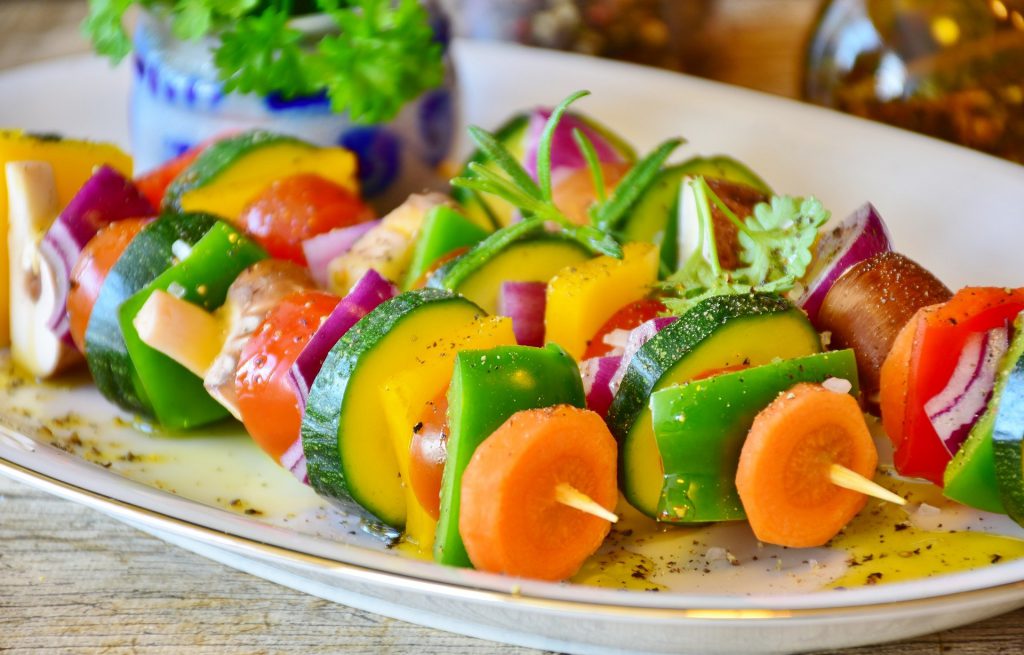
Approaches for Easing into a Plant Based Diet
Some people may be able to just drop everything and immediately switch to a plant based diet overnight. This is awesome for anyone who’s able to do that, but there is a bit of a learning curve for most people. Switching your whole diet overnight is a big change, especially if you’re not very familiar with nutrition and plant based food options. First of all, it can help to familiarize yourself with some basic nutrition concepts such as calories and macronutrients, especially if you’re an active person. Make sure you’re not vastly under eating calories like we covered above and aim to get enough protein and fat daily for your goals, if you have them! For more info about protein in a plant-based diet, read this article!
Being able to read and understand nutritional labels on food packages is also very important. This is also very simple, but it’s important to look at the ingredients to make sure no animal products are listed. One easy trick that works often is to look below the ingredients list to see a list of allergens the food may contain. If it says “Contains: Milk, Eggs or Dairy” as common allergens, you’ll know right away that it isn’t vegan. If it says “May contain traces of…” and lists an animal product there, it’s likely that the processing facility also handles products that have those ingredients. This is mainly listed as a precaution for people who are very allergic. Most people still consider these products vegan but this is up to you to decide. I do recommend skimming the ingredients regardless no matter what though!
One strategy that I personally recommend to most people is to swap out just one meal per week or one full day of eating per week at first for a fully plant based diet. Meatless Monday is a great idea. The easiest way to do this is to replace meat, dairy and eggs with vegan meat alternatives. If you usually eat Chicken Stir Fry for dinner, simply swap the chicken for another plant-based protein source such as a Mock Chicken from a vegan brand like Gardein or try Extra Firm Tofu, Seitan or Tempeh. If you normally eat a Cheese Quesadilla for lunch, just swap the cheese for vegan cheese from a brand like Daiya, Violife or So Delicious. If you normally eat Scrambled Eggs and Bacon for breakfast, swap the scrambled eggs for Just Foods Just Egg or tofu scramble and the bacon for Sweet Earth vegan bacon or tempeh bacon! Do some research in to vegan alternatives and you’re good to go! For the most part, the calories and macros should be fairly similar for a lot of these foods.
After introducing one meal or one day of eating, slowly increase the frequency of those meals until you’re eating 100% plant-based! Then if you’d like to, start swapping out some of the more processed vegan alternatives for more whole foods. Beans can replace most mock meats, vegan cheeses can be replaced pretty well with nutritional yeast, and so on. This is where you can start getting creative!
Also, don’t hesitate to buy a plant-based cookbook or look for recipes online. There are a lot of ingenious ways of using creative plant-based foods in place of common meals with animal-based foods and you may even think they taste even better! Check out the Aethix YouTube for the 60 Second Recipe video series where I teach you how to make some delicious, high protein meals quickly and easily!

Good luck!
Switching to a plant-based diet really isn’t difficult. I don’t want to overcomplicate things but I do understand that there are valid concerns that some people have and some difficulties that some people experience. To make a permanent lifestyle change, some people need more time than others. Just remember that you’re making a great decision for yourself, the world and of course, the animals, by incorporating more plant-based meals into your diet. I hope this advice helps and feel free to reach out in the comments or via e-mail if you have any further questions or comments. If you think you need some extra help, we also offer custom plant-based meal plans where we work with you and your personal goals as an individual and/or athlete to get you to where you want to go!
